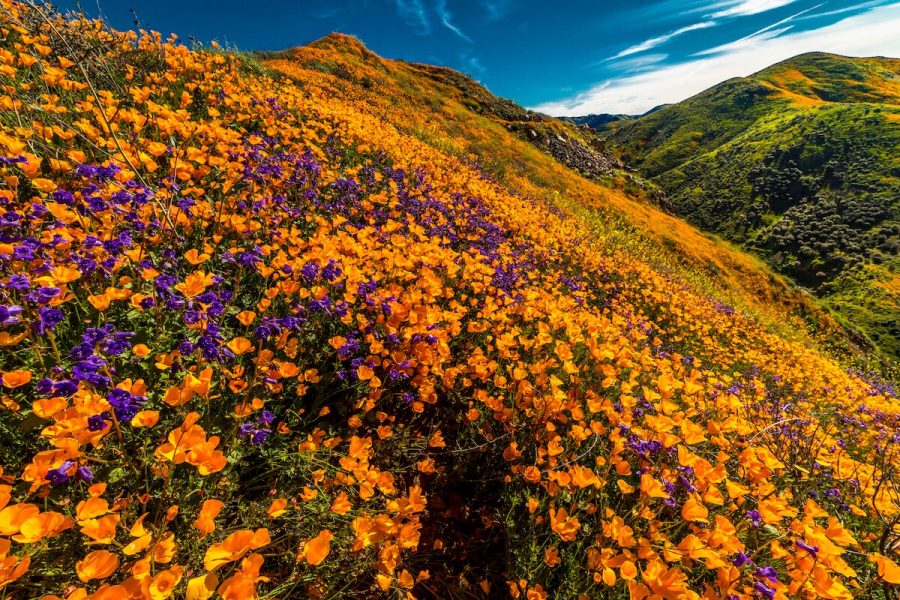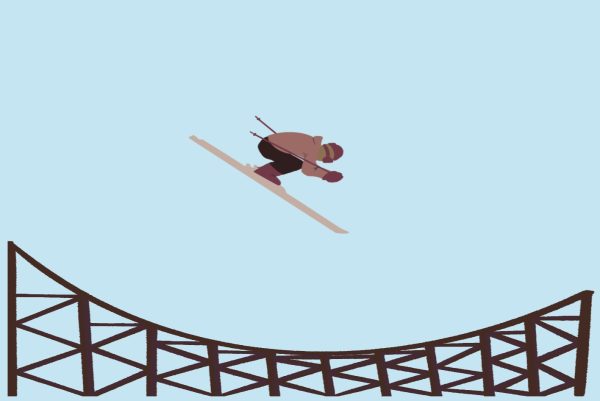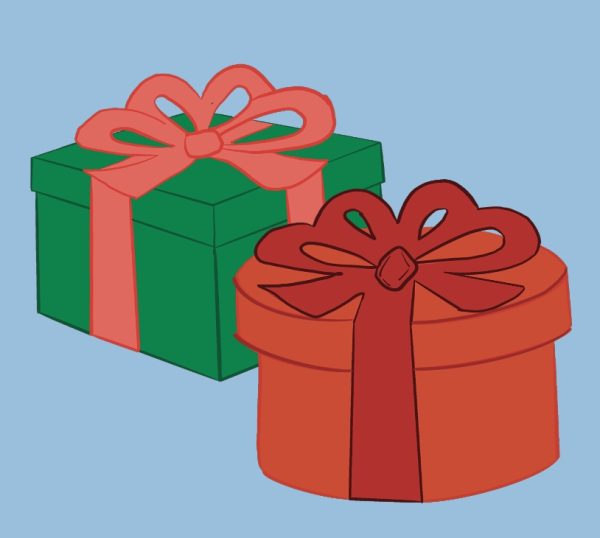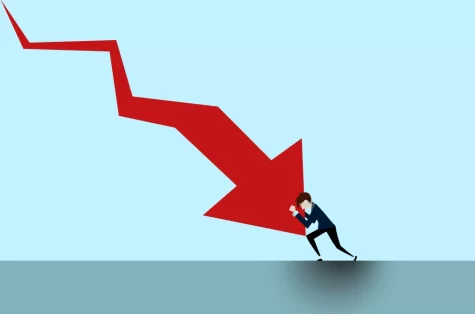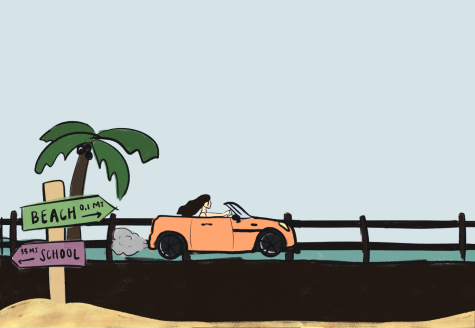Superbloom in California
California’s heavy rainfall this winter led to an increase in wildflowers, causing the first “super bloom” since 2019. While this phenomenon can lead to stunning photographs, it is crucial to avoid stepping on or plucking wildflowers just for the sake of a photo, as it can disturb the ecosystem.
Super blooms require specific conditions. When regions have dry weather for years in a row, then have a wet winter, a super bloom occurs due to the buildup of ungerminated seeds germinating and blooming all at once. As the previous three years have been extremely dry for California, and this past winter was unusually wet, the perfect conditions for a super bloom were created. Wildflowers typically last until late spring to early summer, so there are still opportunities to see them in certain areas.
Although the breathtaking view of a super bloom offers opportunities to take beautiful photographs, there are growing concerns about people disrupting or destroying wildflowers as they take photos. The habitats where wildflowers grow are already limited due to commercial and agricultural development, overgrazing, climate change and other human activities, according to the US Department of Agriculture. The destruction of wildflowers by hikers only adds to these problems, because it disrupts the food web and negatively impacts the biodiversity of the ecosystems.
“If you only have a few different species, and one of those species goes through harm, […] and there’s not a lot of biodiversity, the whole ecosystem could collapse,” FHS biology teacher Mary Sargious said.
When wildflowers are harmed, the various insects who rely on them are also harmed because there are very few other plants that support insect life; therefore, all species higher on the food chain are harmed, and the balance of the ecosystem is disrupted.
This can be seen through pollinators, who rely on wildflowers as a food source. Pollinators are essential to the ecosystem as they allow for plant reproduction, impacting plant, animal and human life.
“Without wildflowers that pollinators can rely on for a steady source of food, their populations will […] decrease as we’re seeing right now,” Diya Kadadi, Vice President of FHS’s Environmental Club said. “Pollinators are a really big part of not only the ecosystem but also commercial agriculture.”
Pollinators allow plants to reproduce and are essential to all plant life, but the elimination of wildflowers can cause harm to already endangered pollinators, such as bees. Plants and pollinators have a mutually beneficial relationship that is essential for their survival and maintains a balance in nature. In order to sustain the human population through food production, pollinators — and their habitats — must be protected.
“You can always include captions and spread the word to hikers to leave no trace,” Kadadi said. “It’s just about educating them about the rules.”
The FHS Environmental Club is also taking steps to spread the word about good hiking practices to elementary schoolers in the future.
“I think that it would be really beneficial to instill in kids at a young age … proper [hiking] protocols,” Kadadi said.
Students can also get involved through FHS’s garden club, which allows students to gain hands-on experience caring for and learning about plants. Getting involved and taking care of a space that has a lot of native plants and flowers can help students gain a greater understanding and appreciation of them.
“People can find the garden club and help take care of the outdoor lab because that is like a really biodiverse space,” Sargious said. “We have ducks and ducklings. We have turtles and a heron and a bunch of other like birds and squirrels.”
Overall, wildflowers are vital to California’s ecosystem and are under threat from various angles, including human activity. It is crucial for individuals to take small steps to protect and care for the environment, and ensure that future generations will have the chance to even see a super bloom. The preservation of wildflowers and other native species means the preservation of pollinators, and agriculture, ultimately benefiting the survival of the human race.



